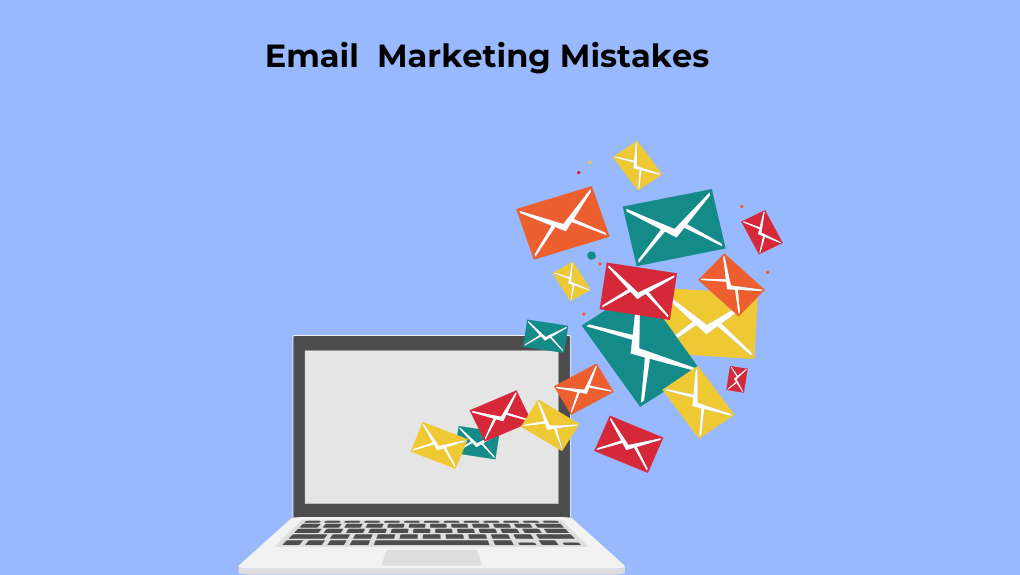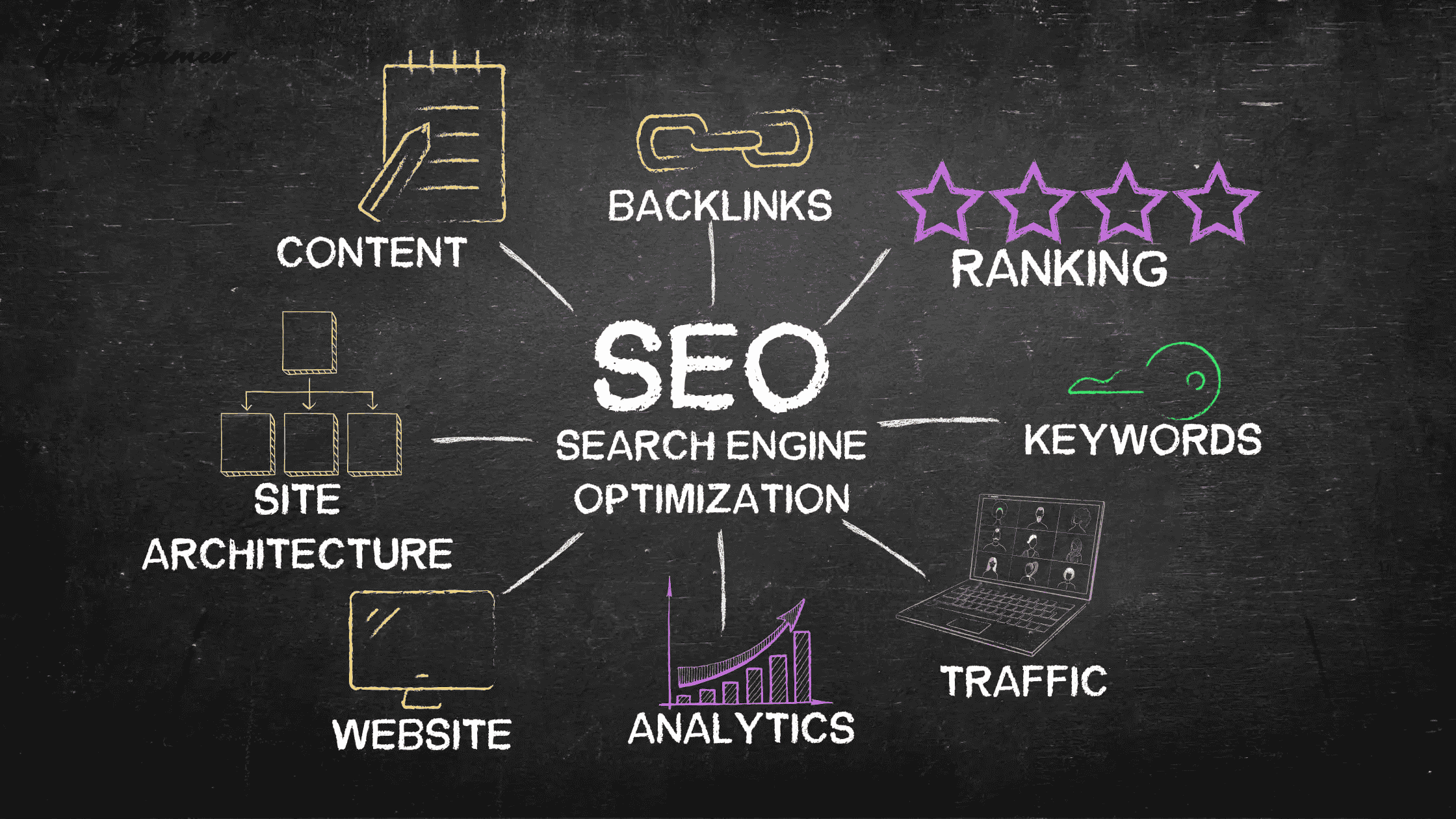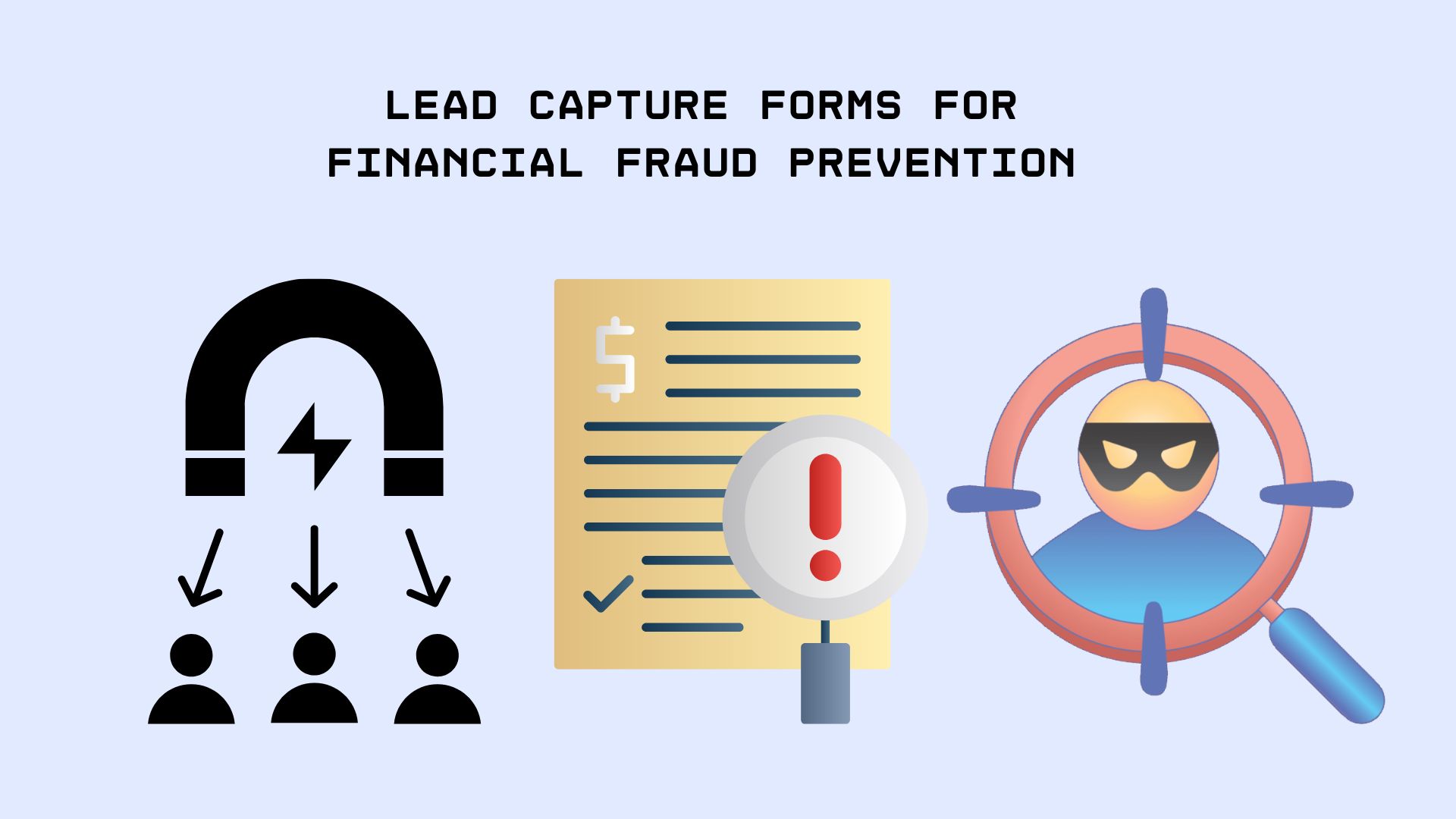Best Practices for E-Commerce Email Marketing !
In the rapidly evolving landscape of online business, e-commerce email marketing remains a cornerstone strategy for engaging customers and driving sales. For both retail and B2B businesses, effective email marketing can be a game-changer. This article will delve into the best practices that can help you leverage the power of email marketing to its fullest potential.
From avoiding common mistakes to implementing strategies that resonate with your audience, we've got you covered. Whether you're a seasoned eCommerce professional or just starting out, these insights will steer you towards success.
Using Email Marketing to Boost Your Online Business
When it comes to online business, email marketing has proven time and again to be an invaluable tool. A carefully crafted email campaign can help you connect with your audience, promote products, and ultimately increase conversions. When it comes to online business, whether you're a store selling products or a travel business selling trip packages, email marketing has proven time and again to be an invaluable tool. A carefully crafted email campaign can help you connect with your audience, promote products, and increase conversions. This is as true for retail businesses selling consumer products as for B2B businesses targeting industry clients.
7 Common Email Marketing Mistakes

Before we dive into the best practices, it's crucial to address the pitfalls that many marketers fall into. Avoiding these mistakes can lay the foundation for a successful email marketing strategy:
1. Neglecting Personalization
Failing to personalize emails can result in disengagement. Customers expect tailored content that speaks to their needs and preferences.
2. Overwhelming Frequency
Bombarding subscribers with emails can lead to unsubscriptions. Strike a balance between staying top-of-mind and not overwhelming their inbox.
3. Ignoring Mobile Optimization
With the majority of users checking emails on mobile devices, emails that aren't mobile-friendly will likely end up deleted.
4. Lack of a Clear Call to Action (CTA)
If your emails don't guide readers on what to do next, you might miss out on potential conversions.
5. Not Segmenting Your List
One-size-fits-all emails are a thing of the past. Segment your email list based on demographics, behaviors, and preferences for better results.
6. Skipping A/B Testing
Testing subject lines, content, and designs is essential. Without testing, you're missing out on insights that could optimize your campaigns.
7. Disregarding Analytics
Analytics provide valuable insights into the effectiveness of your campaigns. Ignoring them means you're flying blind without the opportunity to improve.
Best Practices for Successful Email Marketing

1. Crafting Compelling Subject Lines
The subject line is your email's first impression. Use your primary keyword, secondary keyword, or synonyms to create a concise and engaging subject line that encourages recipients to open your email.
2. Personalization and Segmentation
Tailor your emails based on recipient preferences, demographics, and behavior. Segmented campaigns have higher open and click-through rates, leading to improved conversions. Additionally, consider sending email to text, allowing for even more immediate engagement with your audience.
3. Mobile-Responsive Design
Optimize your email templates for mobile devices. Ensure that images and text are well-formatted and load quickly on both desktop and mobile screens.
4. Valuable and Relevant Content
Provide content that resonates with your audience. Whether it's product updates, educational content, or special offers, ensure that the email adds value to the recipient's experience.
5. Clear and Compelling CTAs
Every email should have a clear call to action (CTA). Use action-oriented language and strategically place CTAs to guide readers towards the desired action, such as making a purchase or signing up for a webinar. To increase the chances of readers clicking on your CTA, consider thinking creatively and finding a unique way to grab their attention. Additionally, consider including a prominent banner in your email signature to further highlight the CTA. If you don't have a signature, you can create one using a tool like MySignature generator.
6. A/B Testing for Optimization
Experiment with different elements of your emails, such as subject lines, visuals, and CTAs. A/B testing helps you identify what works best for your audience and refine your campaigns accordingly.
7. Consistency and Frequency
Maintain a consistent sending schedule that matches your audience's preferences. Avoid bombarding subscribers with emails, but also ensure you remain on their radar.
Conclusion
In the dynamic landscape of eCommerce, email marketing remains a potent tool for driving engagement, conversions, and growth. By steering clear of common mistakes and embracing these best practices, you can harness the power of email marketing to its fullest potential. From captivating subject lines to relevant content and strategic CTAs, each aspect contributes to building strong customer relationships and boosting your online business or B2B venture.







